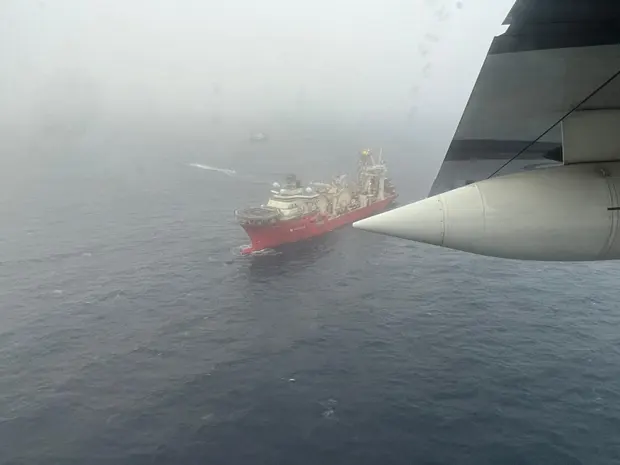The search for a submersible that went missing during a dive to the wreck of Titanic has entered its fourth day, amid concerns the oxygen supply sustaining its five passengers is running dangerously low.
Equipment from the US, Canada, UK and France is heading to the scene of the search, about 640km (400 miles) south of St John’s, Newfoundland, joining an international coalition of rescue teams that is sweeping a vast expanse of the North Atlantic for the Titan after it went missing on Sunday, nearly two hours into its dive.
Officials still hold out hope of a rescue. A US Coast Guard captain, Jamie Frederick, said on Wednesday: “When you’re in the middle of a search-and-rescue case, you always have hope.” Joyce Murray, Canada’s coast guard minister, echoed that sentiment. “We have to retain hope as part of what we are doing as a human community to find the explorers and bring them to safety,” she said.
The search is focused on an area where underwater sounds have been heard but their origin remains a mystery. “I can’t tell you what the noises are. What I can tell you is we’re searching where the noises are, and that’s all we can do at this point,” Frederick said, adding that recordings were being analysed by navy subsurface acoustics experts.
As of Wednesday night local time, remotely operated deep-sea vehicles (ROV) were heading to the site from Canada, the UK and France, the US Coast Guard said. It added: “Along with vessels already on scene, Magellan will be providing one of their ROVs in the near future.” Magellan, the first company to provide a full 3D scan of the Titanic wreck, said it had been asked by OceanGate, the operator of the Titan, to mobilise and “use the means necessary to fly the needed equipment and crew to St John’s, Newfoundland as soon as possible, stating time is of the essence”.
A US ROV had been loaded on to a Canadian vessel and was also en route, according to Horizon Maritime, the company that jointly owns the Titan submersible’s support ship, the Polar Prince, although it is not clear if this is the same ROV the US Coast Guard was referring to.
The recovery system has previously been deployed alongside a US Navy remotely operated vehicle called Curv-21, the Cable-controlled Undersea Recovery Vehicle, a 2.4-metre (8ft) craft that can operate 6km down. However, it is unclear if it is being deployed for this search.


